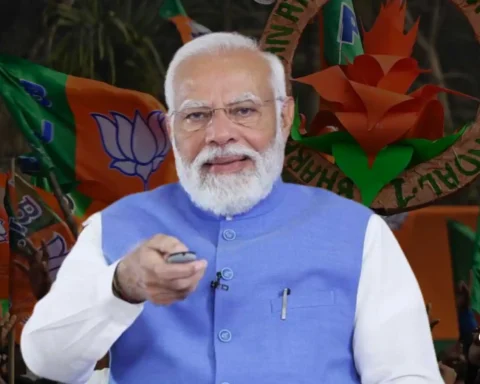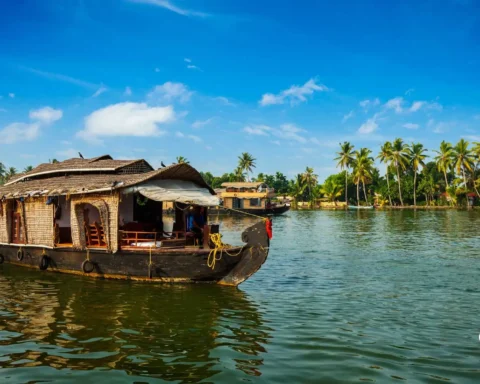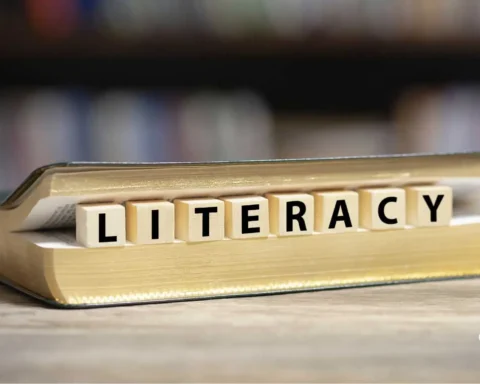Indian Arrival Day, a momentous occasion, stands as a tribute to the trailblazing spirits who embarked on a voyage of destiny. Step into a poignant slice of history as we mark a significant date on the calendar – 30th May, a day etched with the essence of heritage and resilience. It commemorates the inaugural journey of indentured servants from India, a voyage aboard the vessel Fatel Razack to the tranquil shores of Trinidad Island.
Beyond mere historical milestones, this day weaves a narrative of economic transformation and cultural fusion as these pioneers infused new life into the soil and culture. Join us on a journey to celebrate their legacy, where determination met opportunity, reshaping the trajectory of nations.
Table of Contents
Celebration Dates by Countries
Indian Arrival Day is commemorated across various nations, adhering to their unique protocols. Fiji pays tribute on the 14th of May, while Grenada marks the occasion on the 1st of May. Guyana holds its observance on the 5th of May, followed by Jamaica on the 10th of May. In Mauritius, the date is the 20th of November, and Saint Lucia joins in on the 6th of May.
Notably, Trinidad and Tobago pioneered this festivity on the 30th of May, subsequently inspiring Saint Vincent and the Grenadines to adopt the 1st of June. Similarly, Suriname reserves the 5th of June for its celebrations.
Originating within the East Indian community, these gatherings evolved into an officially recognized public holiday in 1994, initially known as Arrival Day. Subsequently, in 1995, it was aptly renamed Indian Arrival Day, a poignant reflection of its historical significance.
History of Indian Arrival Day
On May 30, 1945, Indian Arrival Day was first celebrated in Skinner Park, San Fernando, Trinidad and Tobago. Indian Revival and Reform Association (IIRA) was formed in 1976, and it aimed to bring an Indian revival and renew pride in Indian heritage and Indian culture by writing pamphlets and developing ideas.
The first step was taken in 1978 when they produced a one-page pamphlet titled “Indian Emigration Day May 30, 1978”, which briefly accounted for the Indians coming in 1845 and the event’s importance.
But the major turning point was when IIRA and Sanatan Dharma Maha Sabha (SDMS) came together and agreed that Indians were no longer emigrants. As a result, the name was changed from Indian Emigration Day to Indian Arrival Day.
Indian Arrival Day was celebrated in many places, such as Cedros, Couva, Penal, San Juan, and other parts of the country by 1980. In a very brief period, it was sweeping through the country.
More than ten significant Indian Arrival Day celebrations were taking place by 1985. Trevor Sudama and Raymond Pallackdarrysingh, Members of Parliament, in 1991 first introduced the concept of Indian Arrival Day to be made a national public holiday to the House of Representatives. In 1996, Basdeo Panday, the PM, declared that May 30 would be known as Indian Arrival Day.
Similar celebrations were given rise by Indian Arrival Day in Fiji, Grenada, Guyana, Jamaica, and South Africa since its establishment in Trinidad and Tobago. However, there are no similar celebrations in Malaysia, Singapore, Reunion, Seychelles, or Kenya, also home to somewhat large Indian-origin populations.
As mentioned above, it was primarily the East Indian community who were the main elements; it can be understood that the languages, festivals, food, and clothing would majorly be of the Indian culture.
Introduction of Festivals and Customs
The East Indian community brought many Indian festivals to Trinidad Island. For both the community of Hindus and Muslims, the celebrations of Diwali and Eid-ul-Fitr were important and sacred.
The labourers who came to the island were from different regions of India; it was an assurance that various languages would exist. But since most of them were from Uttar Pradesh, the language used was Bhojpuri, a Hindi dialect.
In addition, the indentured labourers also popularised a kind of ancient tattoo art known as mehendi. The mehendi powder is made from the dried leaves of shrubs and is used in decorating the feet and hands of the bride.
Food and Music
The indentured labourers brought with them the traditional East Indian cuisine and the seasonings, spices, and ways of cooking. With years passing, words such as roti, aachar, and kachori became household names consumed by a wide section of society.
Music and dance are an integral part of Indian festivals. These labourers, therefore, brought with them the musical instrument during their migration to Trinidad. These instruments were dholak, tassa, table, majeera, bansuri, sitar, and harmonium.
These instruments were unique and played soothing sounds to capture the attention and please the ears. These instruments were used at particular times conditioned to their importance. There were various types of songs along with the music, such as Hori, birhas, and ghazal, and they were sung on different occasions.
Fashion
The East Indian community introduced a new type of fashion and clothing: sari, salwar kameez, choli, kurta, pagri, and dhoti. The community is traditionally rich in apparel and has a unique fashion sense. Each of these clothes had its feature and draping style.
Conclusion
On Indian Arrival Day, the country honours the contributions of the immigrants to their culture. Still, like many other holidays, it serves symbolically as a reminder of immigrants' role in bringing people from all over the world to the island nation.
Having arrived in the worst condition possible, indentured labourers honoured their contract and remained on the island to build a new life when they could have returned to India having served their contracts.
FAQs
What is meant by Arrival Day?
It means commemorating the arrival of indentured Indian labourers.
Who were the indentured labourers?
They were people who worked without any salary for a specific number of years.
What is Indian Heritage Month?
In the 1990s, the Sanatan Dharma Maha Sabha (SDMS) expanded the Indian Arrival Day celebrations and dubbed May as the Indian Heritage Month.
What was the significance of 30 May, 1945 in Trinidad and Tobago?
It marked the hundredth anniversary of Indians coming to Trinidad.











[…] migrated to various countries, lured by the false promises of a better life and high wages. These Indian labourers were led astray by dishonest contracts and exploited by colonial rule. This system of transporting […]